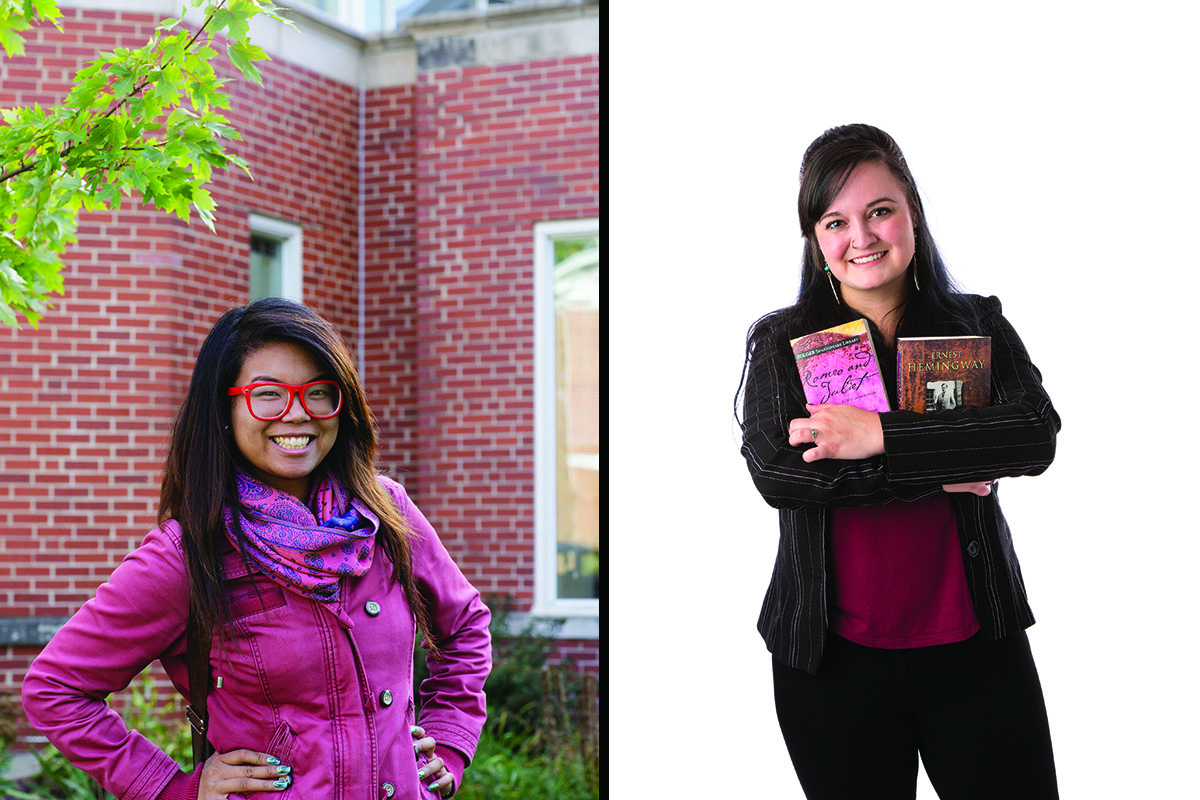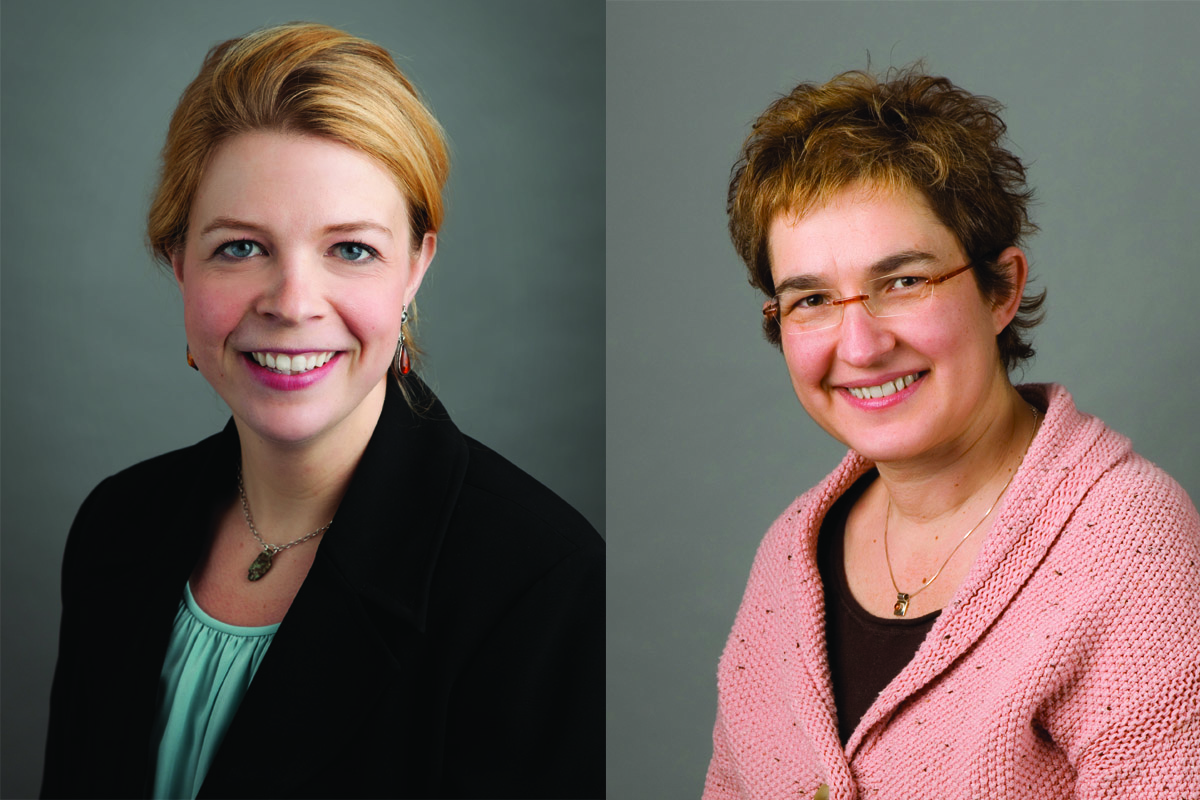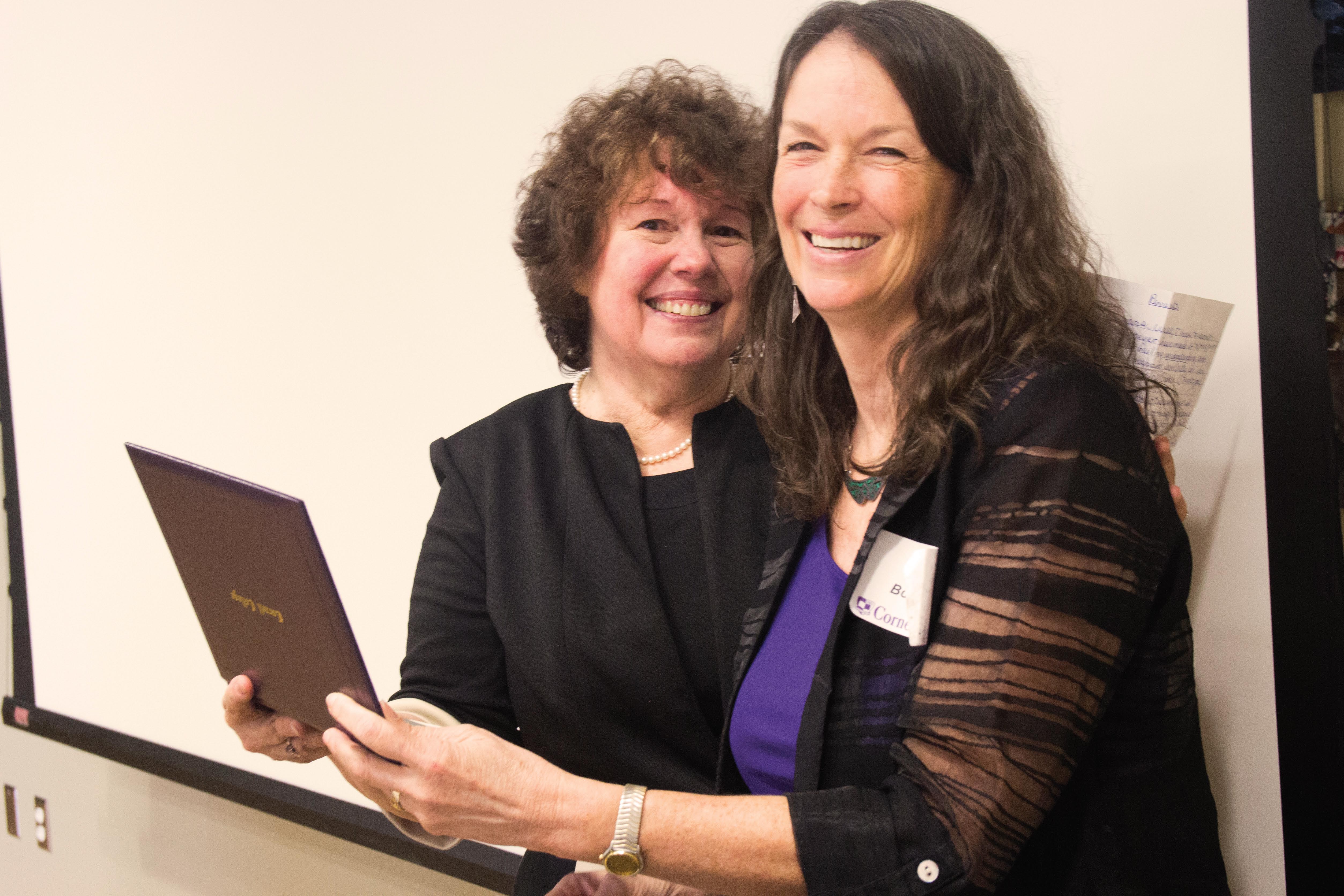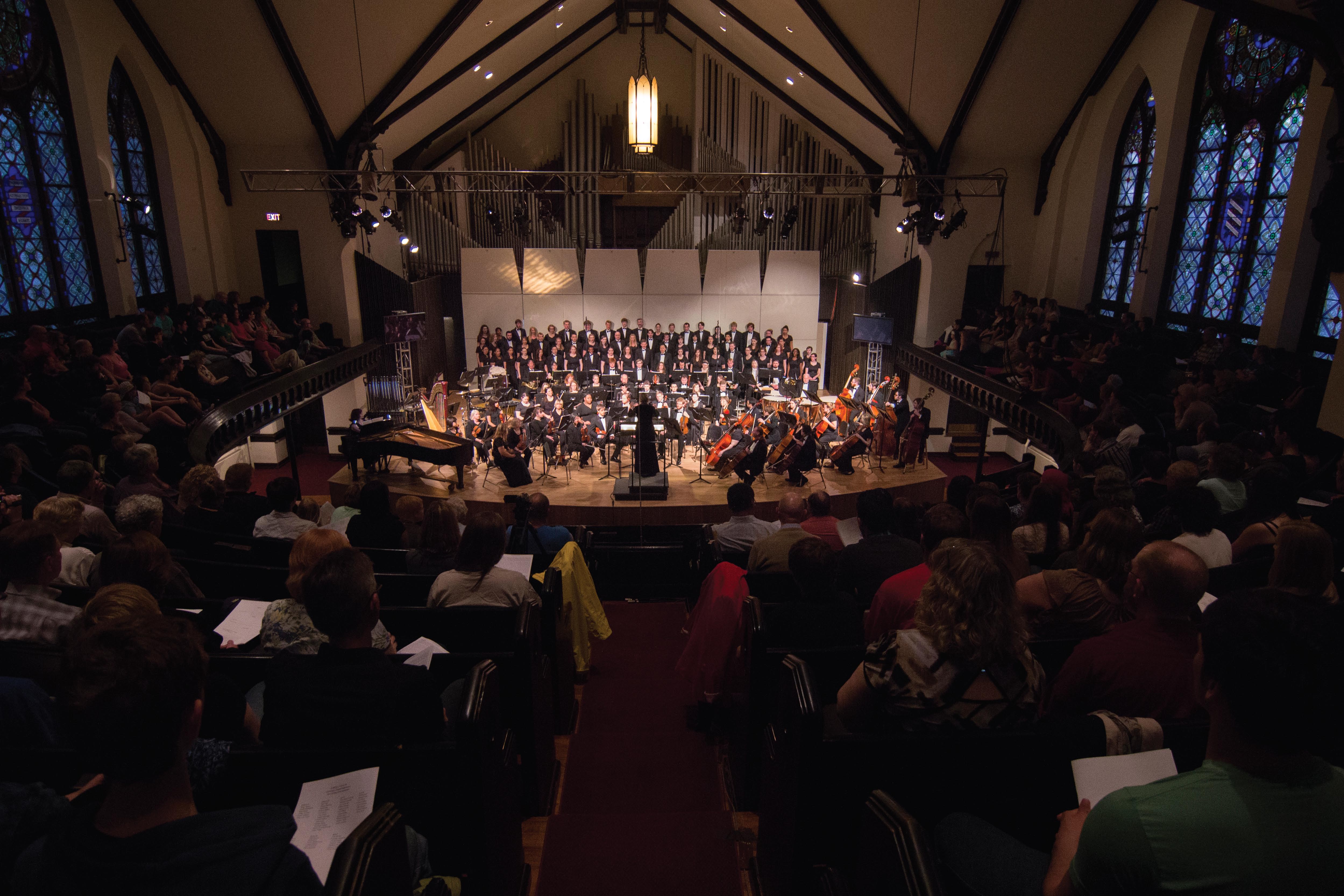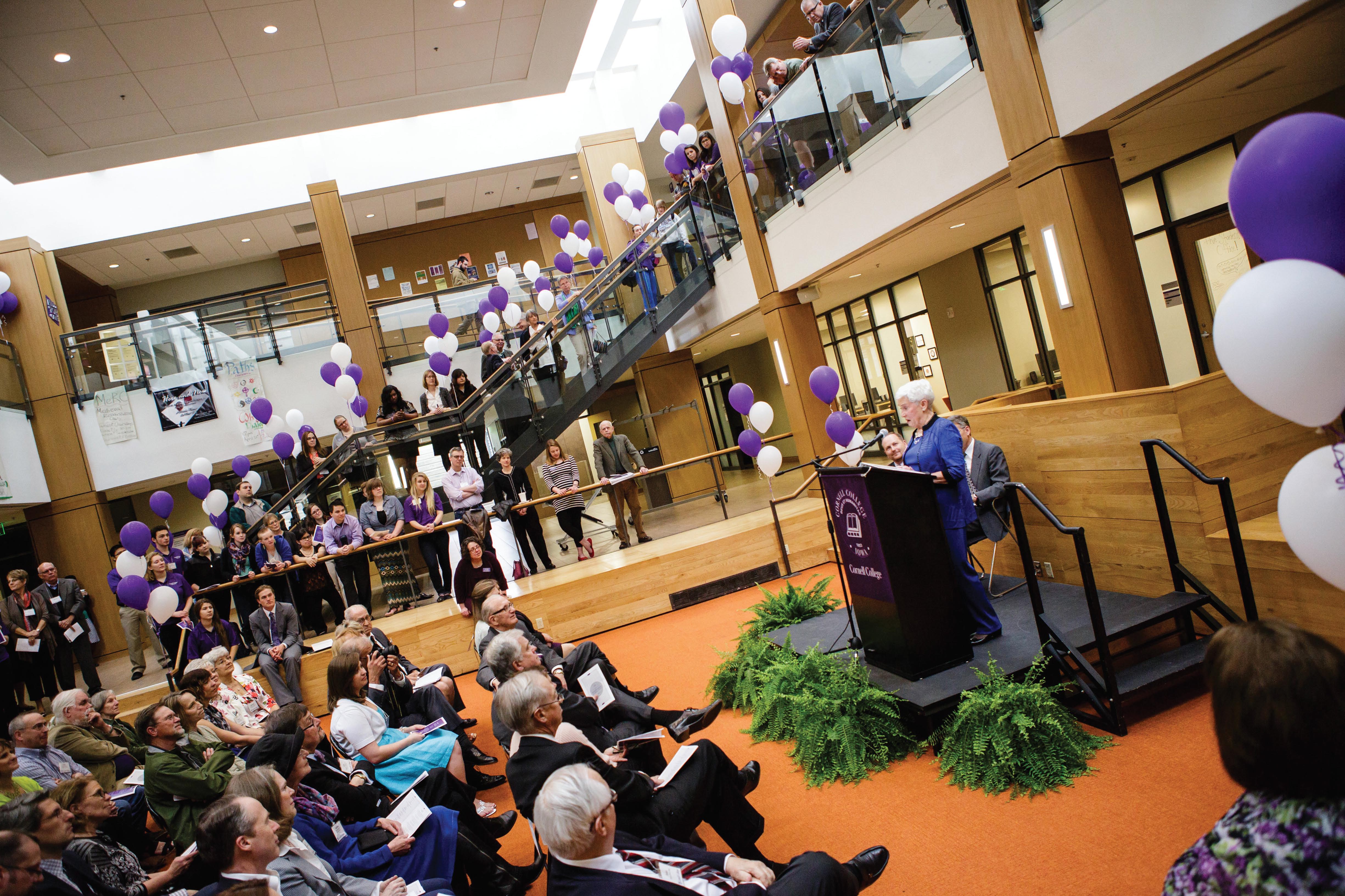Professor helps solve ancient climate riddle
Rhawn Denniston, geology professor and chair of the environmental studies program, is part of a team that solved a long-standing question about ancient climate change.
Denniston is the co-author of a paper in the journal Nature Communications that addresses the argument about how glaciers grow and melt over tens of thousands of years.
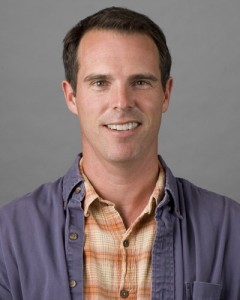
“The modern theory for the origin of ice ages holds that continental-sized glaciers, like the one that used to cover Canada, grow and melt over the scale of tens of thousands of years, due to small changes in the way Earth moves around the Sun,” Denniston said.
Controversy arose after a series of papers were published in the 1980s and 1990s, which analyzed minerals deposited by groundwater in the Nevada desert at a site called Devils Hole. These samples appeared to offer the first direct dating of the timing of ice ages over the past 500,000 years, and suggested that each of the last five ice ages ended about 15,000 years before they said they should have, a major challenge to understanding the drivers of global climate change. The Devils Hole record spurred a vigorous debate over the past 25 years, but never resulted in a satisfactory explanation.
The paper, written by Matthew Lachniet from the University of Nevada-Las Vegas and co-authored by Denniston, along with Yemane Asmerom and Victor Polyak from the University of New Mexico, finally resolves that controversy, Denniston said.
“Our data show that ice ages in Nevada ended exactly when the theory says they should have, demonstrating conclusively that the Devils Hole record does not, in fact, record global climatic change as it has been argued to have done, but instead reflects a suite of more regional climatic variables,” he said.
The paper was published in the May 2 edition of Nature Communications, and is available online.
The National Science Foundation has just given a grant to Denniston and his colleagues so that they can expand upon this research.

